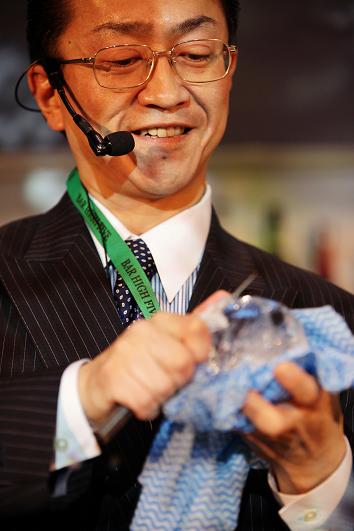
Interview by Simon McGoram
Bartender magazine was fortunate enough to be given some time to have an audience with Hidetsugu Ueno, the Japanese master bartender, over Sydney BarShow Week in September. Ueno-san was a guest of Diageo’s Reserve Brands and one of the most popular presenters at the Sydney BarShow exhibition.
Famous for his ice carving skills and bartending prowess, over recent years Ueno-san has become Japan’s most famous bartending export. He made name for himself after working at Star Bar in Ginza, Tokyo and now is the owner of the acclaimed High Five, also in Ginza which took out the number one spot in Bartender magazine’s World’s Top 20 Bars: Asia Pacific feature in June 2009.
What have been your impressions of the Australian bartending scene thus far?
“Well it’s quite a different style. But maybe that’s based on every country being different, but even when I judged the competition on the first night [The Coney Island Bartender Bumfight at Victoria Room] – and I’ve judged bartenders around the world – even though it was a speed competition, I liked their eyes. So serious when they’re making even when being crazy and in costume – so active. But, I can see their eyes are serious when making cocktails. People could misunderstand and think that this was just a bunch of Aussies going crazy, but it was not. They are very, very serious, confident and conscious that they are making drinks – I like that.”
How long have you been bartending for yourself?
“Ah, for about 19 years.”
Have you had any real mentors during your career?
“Well I could say two persons. First I went to bartender school before I became a bartender and after I graduated from my university. The teacher, when he was young he was working for the American military in Japan. He’s a really, really old guy. But he taught us how we should be behind the bar. He was more of a philosophy type – doesn’t really teach the cocktails or anything. He just kept talking about the history of alcohol and the industry and how one should carry themselves behind the bar. And the Other one is called Mr Kishi. He was the owner/bartender of Star Bar Ginza. He’s only two years ahead, but he was world champion in cocktail competitions. So I can say that I learned everything about cocktails and making drinks and the philosophy of running a bar from Mr Kishi. So I have two mentors and I think that’s enough.”
When did you open your own bar High Five?
“4th July, 2008. Independence Day.”
Can you describe your bar for us?
“Well it’s a very small place! Eight at the bar and ten for the tables. We only have five tables so only ten people and sit at these. I could have done a little bigger than High Five, but it’s all I could do at the time. I was waiting to open my bar for more than six months then I happened to find this place. It’s just a little smaller than I wanted but I couldn’t wait anymore.”
“It is quite successful for a bar this size – over 90 percent of the drinks are cocktails. It’s on the fourth floor of a ten floor building so no strangers come up. Most of them are all regulars and international guest sometimes.”

Do you have a favourite cocktail that you like to prepare for your guests?
“I don’t have a favourite cocktail because my favourite cocktail is not your favourite. It might or might not. I don’t want people to think that my favourite cocktail is not good for them. So I don’t tell them my favourite- that means that I don’t have any cocktails that I want to make. Though the people like my White Lady – gin, Cointreau, lemon juice. So that could be a signature classic cocktail.”
“I do like to make drinks with only liquor, no juice. So a stirred drink. Stirred drinks are much more difficult than shaken drinks I think. People like it. Basically it’s brown spirit – rum or whisky – maybe Ron Zacapa with some liquors and maybe a sweetener. I think it’s a really difficult drink, but I like it. I suppose you could call it original because I only make it that one time for the customer each time.”
How do you think that Japanese bartending differs from Australian and Western styles of bartending?
“I always say that Japanese bartending is Galapagos Islands style – it hasn’t been influenced by other countries for a very long time. We don’t use Boston shaker or tin shaker, we haven’t done muddle and double strain kind of mixology. Because we didn’t know anything about the outside for a long time I guess Japanese bartender is much more artisan kind of job. Like a teacher and student kind of thing – so you listen to the master, you work for the master and are taught by the master – a traditional artisan kind of job.”
How long does an apprentice bartender have to work for before they’re allowed to make drinks?
“It depends on each person, but I would like them to make drinks as soon as they learn enough from the master bartender. So people could make it from a few months. When I was working at Star Bar I had three bartenders – younger ones. I trained them for five, six even seven years. I didn’t let them make any mixed drinks. They didn’t make any drinks while I was there. I don’t know about now though.”
Can you tell us about little bit about the ice diamonds that you’re famous for?
“The carving in the shape of diamonds is only really me who does that. Everybody goes for ice ball for the last 20 years I guess. Now you can buy one from ice company.’
“My last boss from Star Bar, Mr Kishi, and I were thinking that everybody goes for ice balls it’s not fun any more. And we were watching an old fashioned glass and looking at the reflections in the light. He said if we could carve a diamond don’t you think that would be so fine and a beautiful thing? I start carving and say; What do you mean? You mean like this? And he says, “Oh yes!” We put it in the old fashioned glass and it looked beautiful and shining. So we put in brown spirits in there – like rum and whisky. They looked good so I started carving diamonds. At first it was a little bit different size and shape for each one. But I was making about 250 each day to suit each type of old fashioned glass.”
How long does it take you to carve an ice diamond?
“I used to do them all in two days. But now I do them just for my guests so I start from a square and it takes me about 2 minutes to 2 minutes 30. It’s easy.”
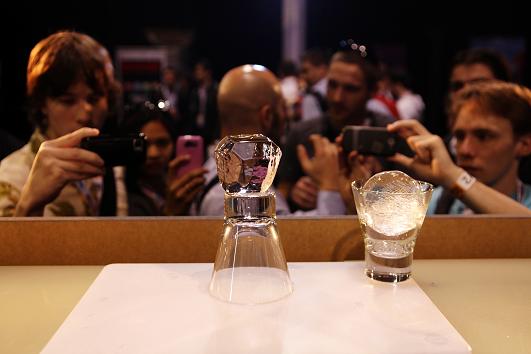
One of the other Japanese techniques we hear a lot about is the Japanese ‘hard shake’. What can you tell us about this technique?
“The main purpose of the hard shake is to put a lot of air into the ingredients and the drinks. It makers the drinks lighter and easy to drink. But the hard shake in my country is not common technique. It is a most difficult technique. I would say that less than ten people can do it the right way with the right purpose.”
“The hard shake makes people confused. It sounds strange, but the ‘hard shake’ doesn’t mean shake hard. You have to use your power. You have to use your snap. You don’t shake hard. It’s a very specific technique.”
“There is a founder of the hard shake and my old boss Mr Kishi learned from him. He does it a slightly different way. I learnt from Mr Kishi.”
It seems like Japanese bartending is a very visual art. Why do you think this is?
“We are very conscious that we are being watched by our guests. It’s not just about the end product which means the drink. When you make a drink smoothly or very frequently and fluently it makes the mixed drink better for the customer. When you make the drink stoping and starting they think; “Oh, this bartender is not really good.” I think that fluidity directly influences the drink.”
What in your mind is the most important aspect of the bartending craft?
“It’s like I just told you. To be conscious that you are on show in front of the customers. This means a lot. Whether it be your conversation, dressing well, cutting your nails and doing your hair. In my country you almost never see a bartender with a moustache or anything. It depends on where you’re working. Maybe the younger generation in the city like Shinjuku, or Shibuya may be different, but in the high class businessmen’s area they all have tidy, combed hair and dress well wearing a tie and jacket. I think it directly influences what you drink. I think that this is more important than any technique.”
“But on the other hand, I think that another important thing for a bartender is to know the product. Recently bartenders have started making their own vermouths, bitters and syrups. But I’m not really a supporter for this way of thinking because for the young bartender they should try to concentrate on how to mix the product better. The old product is all good – there’s nothing really bad. So if you use this product and this product how will it go? To do this you need to draw on experience, so I think that the young bartender shouldn’t be concerned with making their own stuff. When the master bartender starts making their own bitters then this is OK, but less experienced bartenders should not get distracted.”


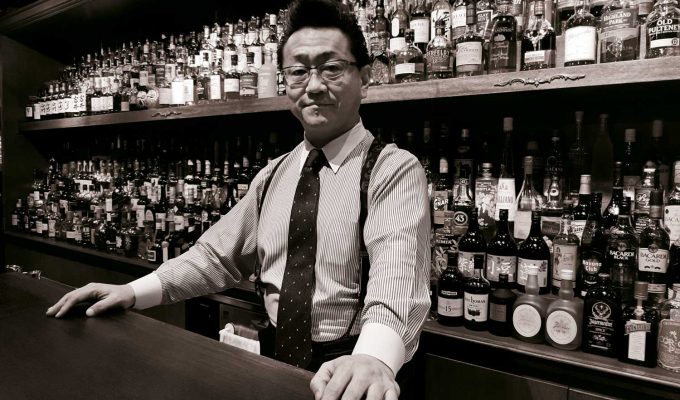
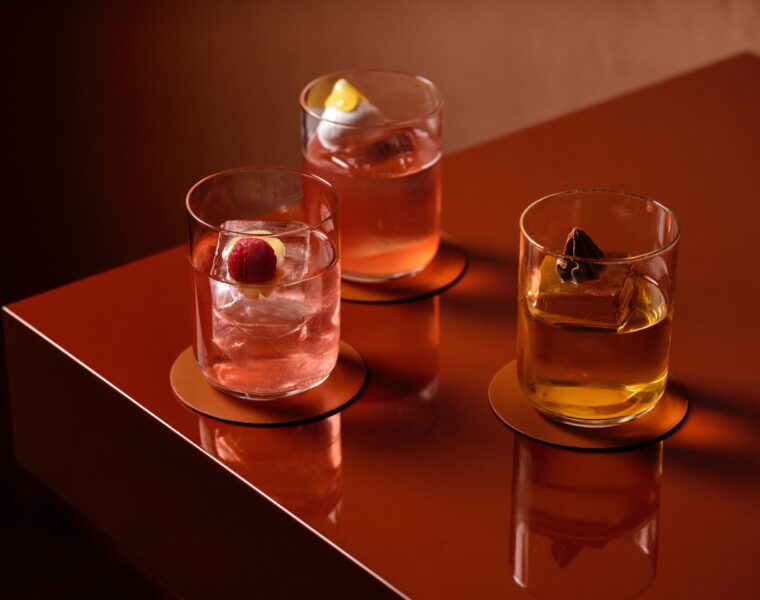
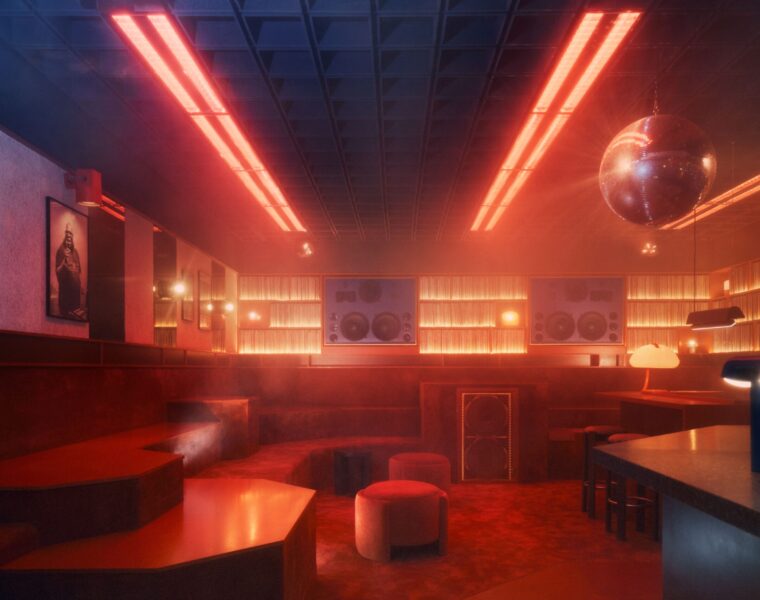
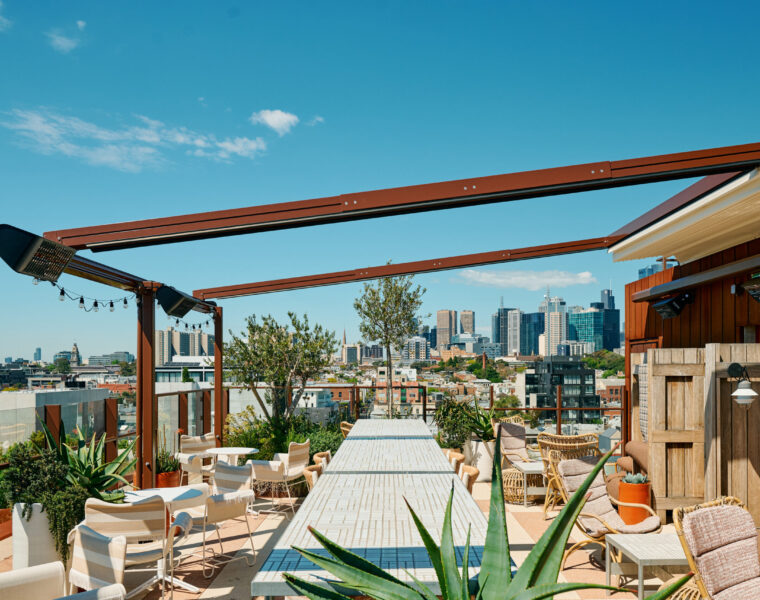
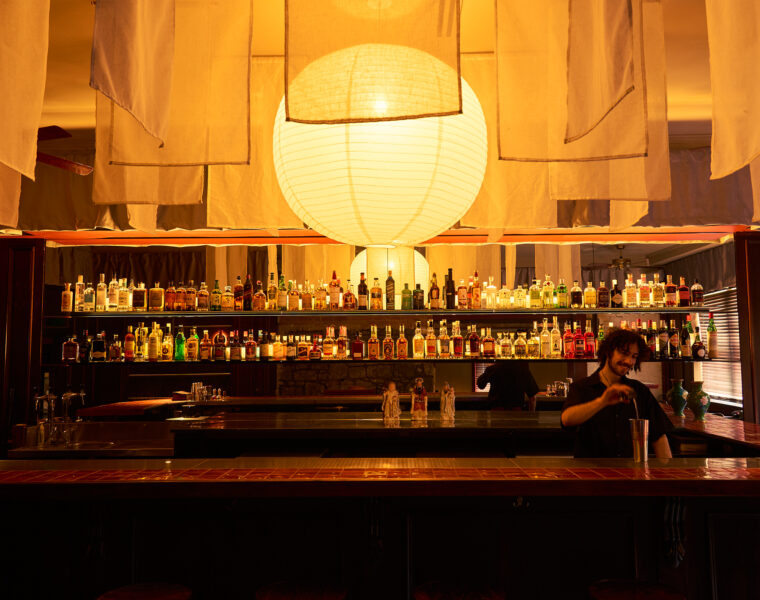
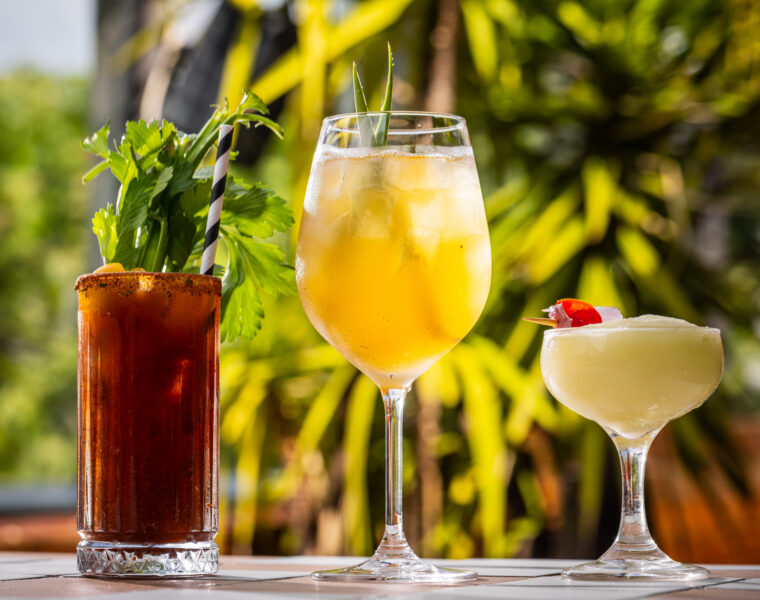
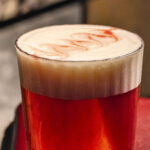
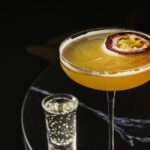
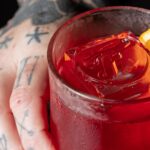
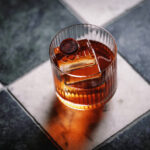
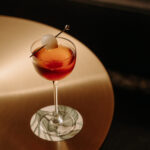
A great interview! I totally agree with Ueno-san on the last question. Young bartenders (including me) should be more focused on perfecting the classics rather than sourcing dry ice and misting coupes. My mentor taught me this from day one, so i understood the sensitiveness of the drink culture. Too many Bartenders have increasing freedom behind the bar to play around deconstructing drinks they have not much idea about, then turning around and mixing a slack Manhattan.
On the other hand it’s a creative field and creative Western Bartenders love to express their ideas through designing new things, trial & error, and having some good old fashioned fun. I would be shocked to find a young apprentice tender in this country to still have the passion about drinks after 6-7 years of not even glancing at a boston shaker! There’d only be a small few left if that were the case!
Hi, I am very interested in learning Japanese bartending. Do you have any advice for a Westerner trying to find a master bartender and becoming an apprentice?